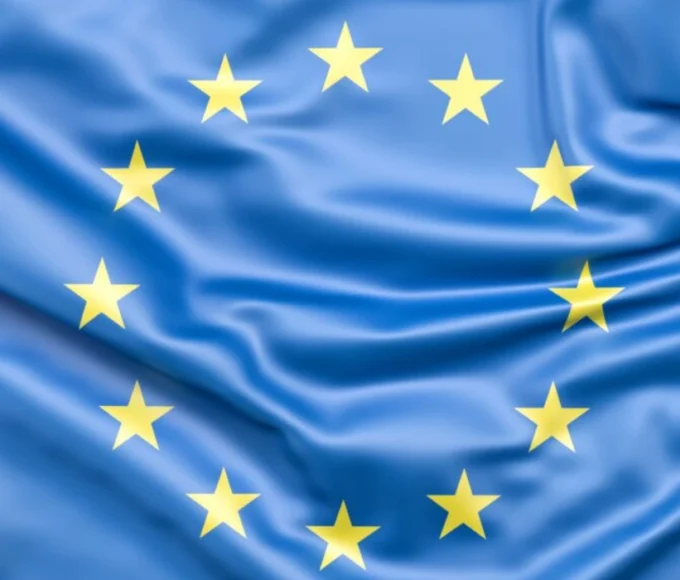very Saturday this summer, a comic strip about sports. Today, “Ping-pong diplomacy”, by Alcante and Alain Mounier, when a hippie brings China and the United States closer together.’
Ping-pong diplomacy: the expression has become common in geopolitics, when it comes to explaining how sporting events can help bring countries closer together.
In the early 2000s, India and Pakistan, particularly on bad terms, only exchanged during international cricket competitions, which both nations are fond of. In 2018, at the Winter Olympics, the two Koreas, which we know how much they hate each other, had fielded a unified ice hockey team.
What if we settled this on a sports field?
It all started in the early 1970s, when the United States was wondering how to begin the thaw with Mao’s China. The two giants had no relations for 20 years. On both sides, public opinion despised each other. For this to change, it would take a stroke of luck and two champions with completely opposite profiles.
The American is called Glenn Cowan; the Chinese, Zhuang Zedong. They are taking part in a world table tennis championship in Japan. After a training session, Glenn, with long hair, flared jeans and a good Californian hippie look, gets on the Chinese bus without realizing it and all smiles. Only Zhuang Zedong, stiff in his red tracksuit, agrees to be friends.
What should have been just a one-night stand falls at the right time for Nixon and Mao. The budding friendship between the two athletes gives rise to a media buzz encouraged by the leaders. Bows and handshakes, invitation of the American team to China, then of the Chinese to the United States. Until President Nixon’s visit to Beijing in February 1972.
This article is originally published on .francetvinfo.fr







